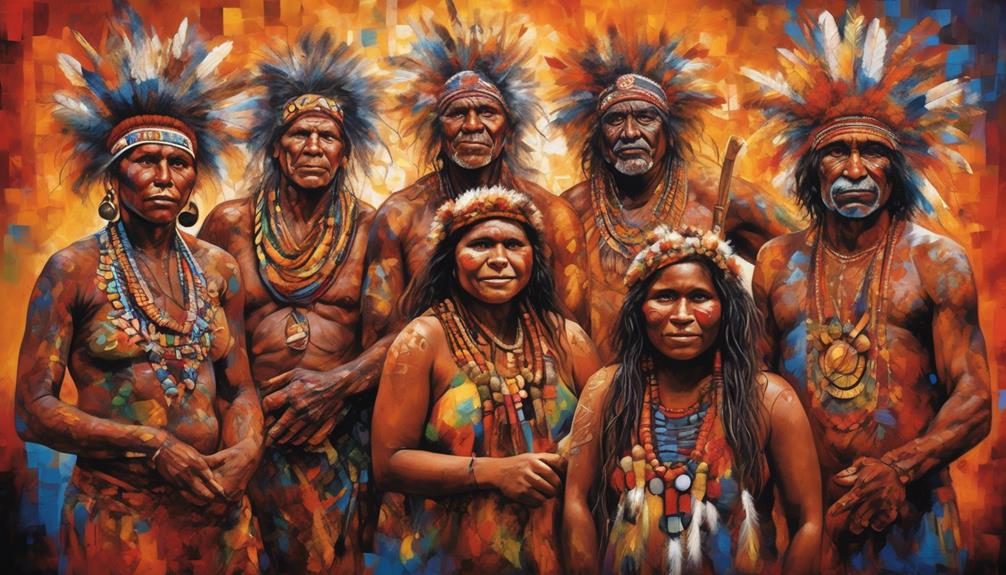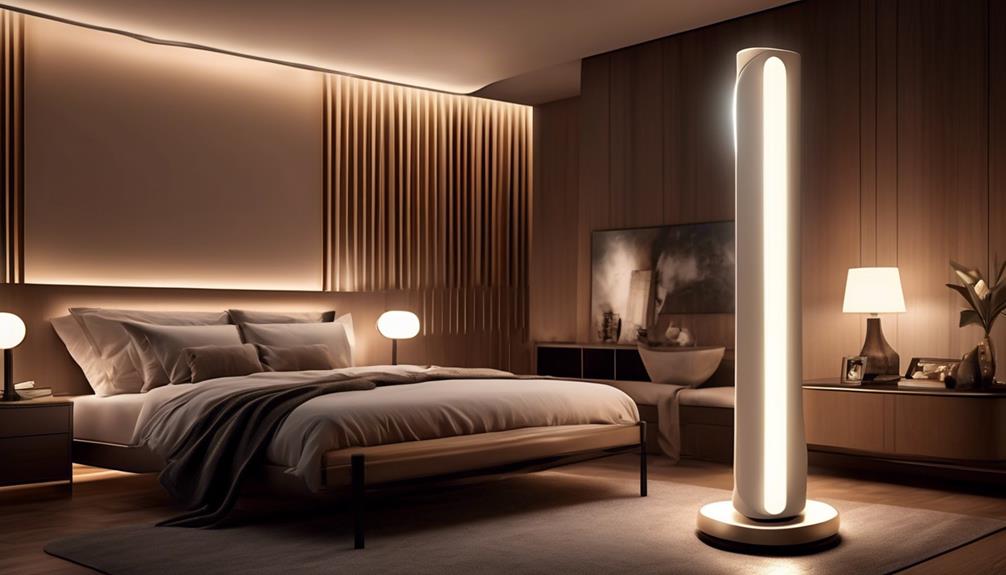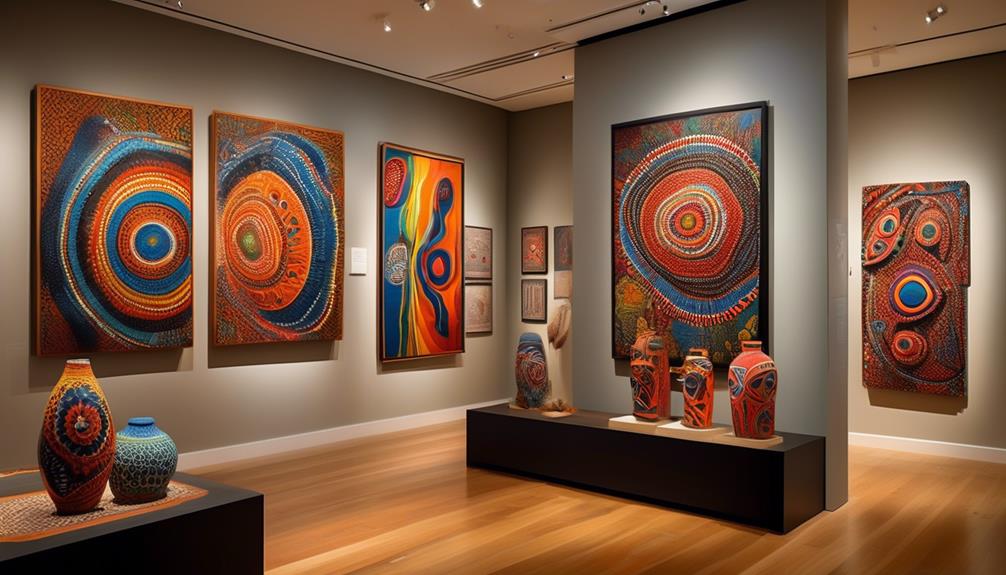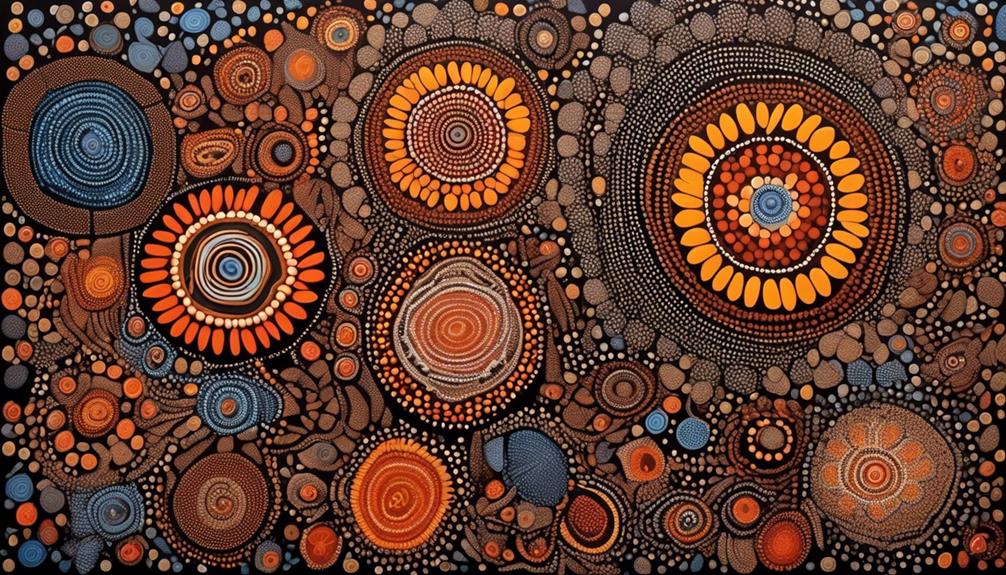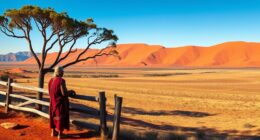Thinking about Australia’s population, it is captivating to delve into the diverse mix of cultures and ethnic backgrounds that shape the country’s dynamic identity. Learn more about this one-of-a-kind cultural mosaic and gain a deeper understanding of what sets Australia apart. Continue reading to uncover the intricate tapestry of Australia’s population and its intriguing history.
However, when it comes to the Aboriginal Australian population, the question of 'how many' becomes more complex than one might initially expect.
The issue of accurately counting the number of Aboriginal Australians has been a topic of ongoing debate and exploration, with a range of historical estimates and contemporary census data collection methods offering different perspectives.
But what factors contribute to these disparities, and what are the implications of accurately understanding the size of the Aboriginal Australian population?
Key Takeaways
- Historical estimates suggest that the Aboriginal population in Australia before colonization may have been as high as one million people.
- The devastating impact of colonization, including introduced diseases and forced relocations, led to a significant decline in the Aboriginal population.
- Contemporary census data collection uses culturally sensitive methodologies and collaboration with Aboriginal communities to capture accurate information on the current demographic trends and population characteristics of Aboriginal Australians.
- Limited access to remote areas, historical mistrust of government data collection, logistical and cultural obstacles, and the complexity of cultural identity among Aboriginal Australians make it challenging to accurately count the Aboriginal Australian population.
Historical Estimates of Aboriginal Population
Historical estimates of the Aboriginal population in Australia vary widely due to the limited data available from European settlement and the impact of disease and displacement on Indigenous communities. The population growth of Aboriginal Australians before colonization is a topic of great interest, and estimates suggest that it may have been as high as one million people. However, the impact of colonization, including introduced diseases, violence, and forced relocations, led to a significant decline in the Aboriginal population. This devastating impact has made it challenging to accurately assess the population growth over time.
The impact of colonization on the Aboriginal population can't be overstated. European settlement brought about profound and often tragic changes, leading to a significant decrease in the number of Aboriginal people. This decline was a result of various factors, including the introduction of diseases for which Indigenous Australians had no immunity, as well as violent conflicts and forced removal from traditional lands. These events had a profound and lasting impact on the population growth of Aboriginal Australians, shaping their history in ways that continue to affect their communities today.
Contemporary Census Data Collection
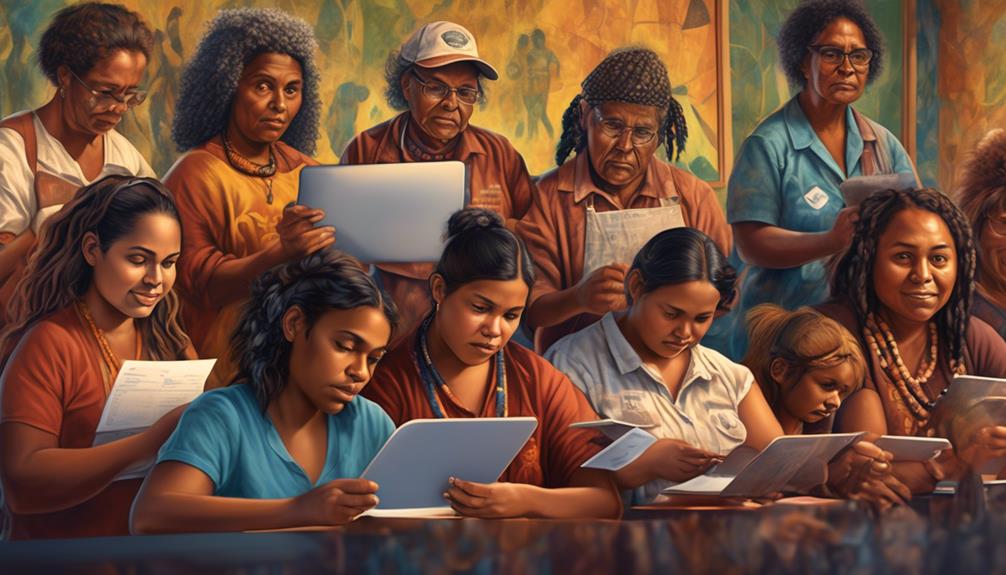
Contemporary census data collection offers valuable insights into the current demographic trends and population characteristics of Aboriginal Australians. Ensuring data accuracy is crucial in accurately capturing the size and distribution of the Aboriginal population. By utilizing culturally sensitive methodologies, we strive to respect and preserve the cultural identity of Aboriginal Australians throughout the data collection process.
Our commitment to data accuracy involves collaborating closely with Aboriginal communities to understand their unique cultural and societal structures. This collaborative approach helps in developing survey questions and data collection methods that are culturally appropriate, ensuring that the information gathered is reflective of the diverse cultural identities within the Aboriginal population.
Moreover, contemporary census data collection also delves into the cultural identity of Aboriginal Australians, recognizing the importance of capturing information beyond just population numbers. This includes understanding the diverse languages spoken, traditional practices, and the impact of historical events on cultural preservation.
Challenges in Counting Aboriginal Australians
Facing numerous logistical and cultural obstacles, accurately counting the Aboriginal Australian population poses significant challenges. When it comes to data quality, many Aboriginal Australians live in remote areas where access is limited, leading to underrepresentation in official records. Additionally, some individuals may be hesitant to participate in surveys due to a historical mistrust of government data collection, further impacting the accuracy of the census.
| Challenges | Implications |
|---|---|
| Limited Access to Remote Areas | Underrepresentation in official records |
| Historical Mistrust of Government Data Collection | Hesitancy to participate, impacting census accuracy |
Moreover, the complexity of cultural identity among Aboriginal Australians adds another layer of difficulty. The diverse ways in which individuals identify with their Aboriginality can be challenging to capture within the constraints of traditional census categories. This can result in an inaccurate portrayal of the Aboriginal population, hindering the ability to effectively allocate resources and address community needs. Overcoming these challenges requires building trust, culturally sensitive data collection methods, and ongoing collaboration with Aboriginal communities to ensure their voices are heard and accurately represented.
Factors Affecting Population Estimates

Exploring the factors affecting population estimates reveals the intricate interplay between cultural identity, access to remote areas, and historical mistrust of government data collection among Aboriginal Australians.
For Aboriginal communities, cultural identity is deeply intertwined with the accuracy of population data. Many Aboriginal individuals and families may have their own ways of defining family and community, which can differ from Western concepts. This can lead to underreporting or misrepresentation in official counts, impacting data accuracy.
Moreover, the geographical spread of Aboriginal populations across remote and often inaccessible regions poses significant challenges for accurate enumeration. Limited infrastructure and resources make it difficult for census takers to reach every individual, further complicating population estimates.
Additionally, historical mistreatment and exploitation by government authorities have fostered a deep-seated mistrust of data collection efforts. This legacy of distrust continues to influence participation in official surveys and censuses, impacting the reliability of population data.
Understanding these complexities is crucial for developing more culturally sensitive and accurate methods of estimating the Aboriginal population, ultimately supporting the community's needs and aspirations.
Implications of Population Data Accuracy
Accurate population data is crucial for informing policies and programs that address the needs of Aboriginal communities. Data reliability is essential for understanding the unique challenges and opportunities within these communities. When population data is inaccurate or incomplete, it can lead to misinformed policies and programs, ultimately hindering the ability to effectively address the needs of Aboriginal Australians. Reliable data ensures that resources are allocated where they're most needed, improving access to healthcare, education, and social services.
Policy implications stemming from inaccurate population data can result in systemic inequities and disparities. For example, if the population of a particular Aboriginal community is undercounted, it may receive fewer resources than it actually requires. Conversely, overestimating the population could lead to an allocation of resources that exceeds the actual needs of a community.
Therefore, ensuring the accuracy of population data is vital for creating policies that are responsive to the true circumstances and requirements of Aboriginal Australians.
Frequently Asked Questions
What Are the Traditional Practices and Cultural Beliefs of Aboriginal Australians That May Impact Population Data Accuracy?
Traditional ceremonies and cultural beliefs of Aboriginal Australians play a significant role in impacting population data accuracy. These practices are deeply rooted and carry immense cultural significance.
However, the impact of colonization and assimilation policies has led to challenges in accurately capturing this data. Understanding and respecting these traditional practices is crucial in ensuring accurate population data and honoring the rich cultural heritage of Aboriginal Australians.
How Do Government Policies and Historical Events Impact the Accuracy of Population Estimates for Aboriginal Australians?
Government policies and historical events greatly impact the accuracy of population estimates for Aboriginal Australians. Data accuracy is affected by the self-identification process, traditional practices, and cultural beliefs.
Census data collection in remote communities is also challenging. Ongoing efforts are being made to address these issues and find potential solutions.
However, it's important to consider the complex and sensitive nature of this topic and the need for respectful and inclusive approaches in addressing these challenges.
What Are Some of the Unique Challenges in Counting Aboriginal Australians Living in Remote or Isolated Communities?
Counting Aboriginal Australians in remote communities presents unique challenges. Data collection can be hindered by limited access, language barriers, and cultural sensitivities.
Our team understands the importance of accurate representation and works to overcome these obstacles through community engagement and tailored data collection methods. We prioritize building trust and understanding local contexts to ensure that everyone is included in the count, despite the challenges of remote and isolated living situations.
How Does the Self-Identification Process in Census Data Collection Affect the Accuracy of Population Estimates for Aboriginal Australians?
In the self-identification process during census data collection, the accuracy of population estimates for Aboriginal Australians can be affected by cultural beliefs, government policies, and historical events.
Our ongoing efforts focus on understanding and respecting the diverse perspectives within remote communities.
Potential solutions involve creating a supportive environment where individuals feel empowered to self-identify accurately.
It's like navigating a complex tapestry, weaving together the threads of identity and history to ensure accurate representation.
Are There Any Ongoing Efforts to Improve the Accuracy of Population Data for Aboriginal Australians, and What Are Some Potential Solutions to the Challenges in Counting This Population?
We are constantly working to improve data accuracy for Aboriginal Australians. Census challenges, such as underreporting and misclassification, impact population estimation.
To address this, we're actively engaging with Aboriginal communities to ensure accurate self-identification and representation in data collection.
Additionally, targeted outreach and culturally sensitive survey methods can enhance participation and data quality.
These efforts are vital for obtaining an accurate understanding of the population and effectively serving their needs.
Conclusion
In conclusion, accurately counting the Aboriginal Australian population is crucial for understanding their needs and providing appropriate resources.
Despite challenges in data collection, the 2016 census reported a significant increase in the number of Aboriginal Australians, with the population reaching over 798,000.
This highlights the importance of continued efforts to improve data accuracy and ensure that Aboriginal Australians are properly represented in official population counts.
